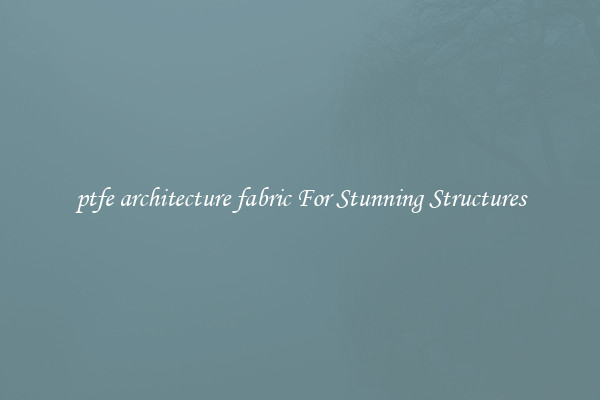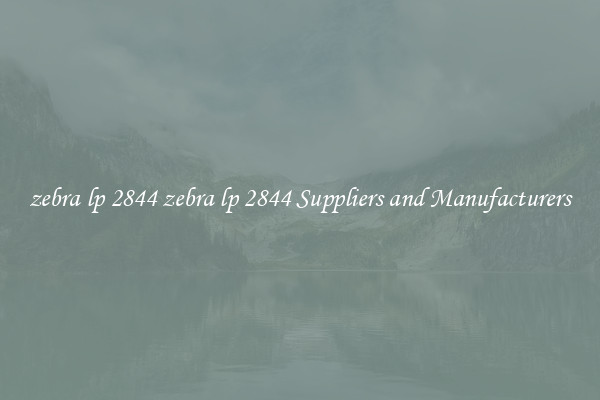ptfe architecture fabric For Stunning Structures
PTFE Architecture Fabric for Stunning Structures

When it comes to designing stunning structures, architects and engineers are always on the lookout for innovative materials that not only provide a visually appealing appearance but also offer durability and functionality. One such material that has gained popularity in recent years is PTFE architecture fabric.
PTFE, or polytetrafluoroethylene, is a synthetic material that is known for its exceptional properties. It is non-reactive, heat-resistant, and has a low coefficient of friction. These qualities make PTFE an ideal choice for a range of applications, including in architecture and construction.
One of the main reasons why PTFE architecture fabric is widely used is its ability to create unique and visually striking structures. The fabric is available in a variety of colors and can be used to create both solid and translucent surfaces. This means that architects have the freedom to design structures that are not only aesthetically pleasing but also allow natural light to pass through, resulting in spaces that are vibrant and inviting.
Additionally, PTFE fabric can be tensioned to create taut and sleek membrane structures. This flexibility allows architects to design structures with a wide range of shapes and forms. From simple canopies to intricate roof systems, PTFE fabric can be manipulated to create stunning structures that stand out in any landscape.
Another advantage of using PTFE architecture fabric is its durability. The material is resistant to UV radiation, chemical exposure, and extreme weather conditions. This means that structures made from PTFE fabric can withstand the test of time and maintain their appearance and functionality even in harsh environments. Additionally, PTFE fabric is self-cleaning and requires minimal maintenance, making it a cost-effective choice for architects and building owners.
Furthermore, PTFE architecture fabric offers excellent energy efficiency. The translucent nature of the fabric allows natural light to penetrate the structure, reducing the need for artificial lighting during the day. This ensures that spaces built with PTFE fabric are not only visually appealing but also energy-efficient, contributing to sustainable construction practices.
In conclusion, PTFE architecture fabric is a versatile and innovative material that is revolutionizing the way we design and build structures. Its unique properties, including visual appeal, durability, flexibility, and energy efficiency, make it an ideal choice for architects and engineers looking to create stunning and sustainable structures. Whether used in canopies, roofs, or façades, PTFE architecture fabric offers endless possibilities for architectural design, ensuring that our built environment is not only functional but also visually captivating.

View details

View details

View details

View details








